Native name 上越新幹線 Opened 15 November 1982 Rolling stock E2/E4 series Locale Japan | Line length 269.5 km (167.5 mi) Stations 10 | |
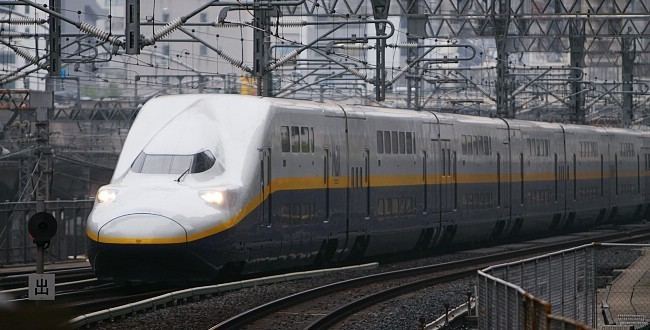 | ||
Terminis Ōmiya Station, Niigata Station | ||
The Jōetsu Shinkansen (上越新幹線) is a high-speed shinkansen railway line connecting Tokyo and Niigata, Japan, via the Tōhoku Shinkansen, operated by the East Japan Railway Company (JR East).
Contents
- Train services
- Discontinued services
- Stations
- Rolling stock
- Types no longer used
- History
- Special event train services
- References
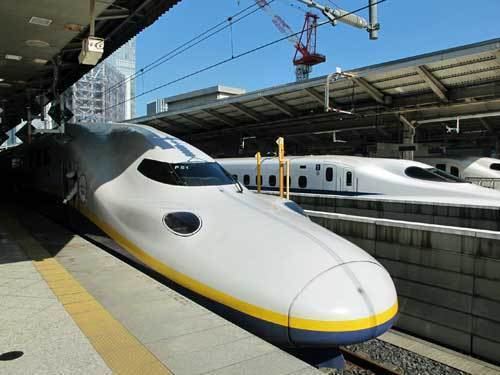
Train services
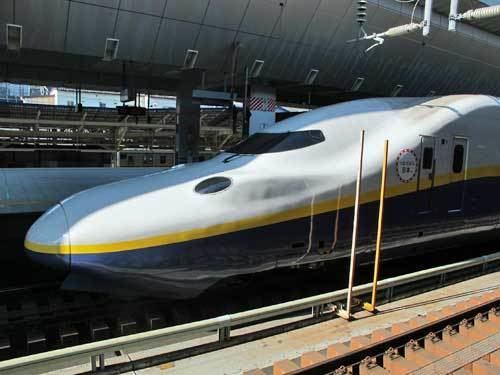
Discontinued services
Stations
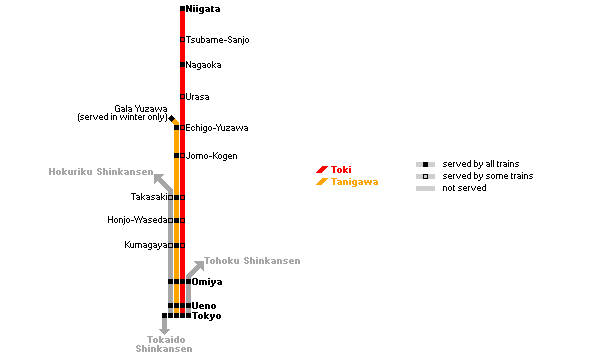
The Gala-Yuzawa Line is a 1.8 km branch from Echigo-Yuzawa to Gala-Yuzawa Station. It operates in the winter months only, serving the adjoining ski resort.
Rolling stock
As of March 2013, the following train types operate on Joetsu Shinkansen services.
Types no longer used
History
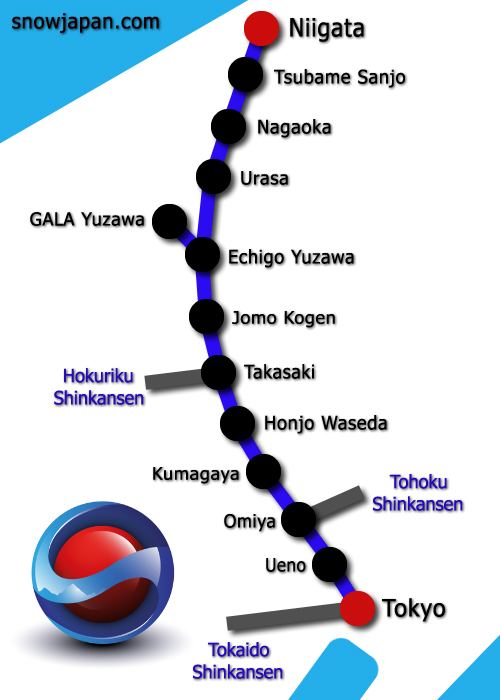
The program to build the new line was initiated in 1971 by Niigata-born prime minister Tanaka Kakuei; one popular anecdote is that Tanaka determined the line's routing by drawing it on a map with a red pencil. Built at a cost of $6.3 billion, it was built "to establish closer ties with Tokyo and promote regional development".
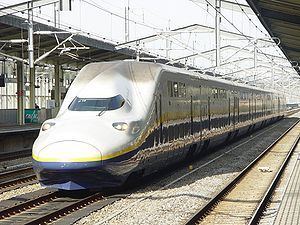
Trial runs over the line began in November 1980, and regular service began on 15 November 1982. The line was initially planned to terminate at Shinjuku Station, but economic considerations pushed Japanese National Railways (JNR) to merge the line with the existing Tōhoku Shinkansen line at Ōmiya.
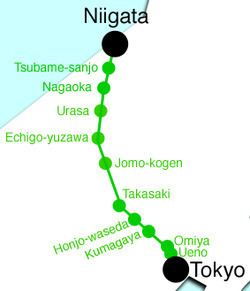
In September 1991, a 400 Series Shinkansen train set a Japanese rail speed record of 345 km/h (214 mph) on the Jōetsu Shinkansen line, and in December 1993, the STAR21 experimental train recorded 425 km/h (264 mph). The maximum speed for regular services on the line is 245 km/h (150 mph) except for the section between Jomo-Kogen and Urasa which is 275 km/h (170 mph) for E2 series trains travelling towards Niigata. The urban section between Tokyo and Ōmiya is 110 km/h (70 mph).
The Basic Plan specifies that the Jōetsu Shinkansen should actually start from Shinjuku, which would necessitate building 30 km of additional Shinkansen track from Ōmiya. While some land acquisitions along the existing Saikyō Line were made, no construction ever started.
The Niigata prefectural government has proposed building a new multi-modal terminal to directly connect the Shinkansen to the port of Niigata, potentially allowing direct transfers to ferries and cruise ships, and to potentially allow direct access between the Shinkansen and Niigata Airport. However this plan is foreseen to be completed only by the mid-2040s.
Special event train services
On 17 November 2012, a special Joetsu Shinkansen 30th Anniversary (上越新幹線開業30周年号」, Jōetsu Shinkansen Kaigyō 30-shūnen-gō) service ran as Toki 395 from Omiya to Niigata using 10-car 200 series set K47.
Also on 17 November 2012, a special Joetsu Shinkansen 30th Anniversary (上越新幹線開業30周年号」, Jōetsu Shinkansen Kaigyō 30-shūnen-gō) service ran from Niigata to Tokyo using E5 series set U8, with a special ceremony at Niigata Station before departure. This was the first revenue-earning service operated on the Joetsu Shinkansen by an E5 series trainset.
